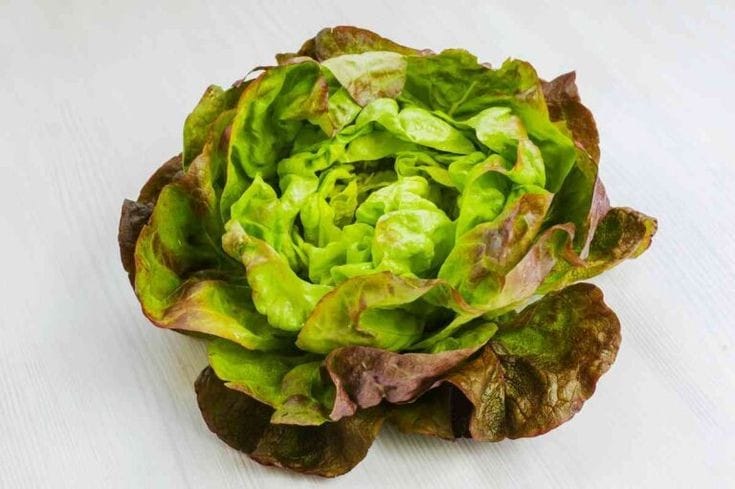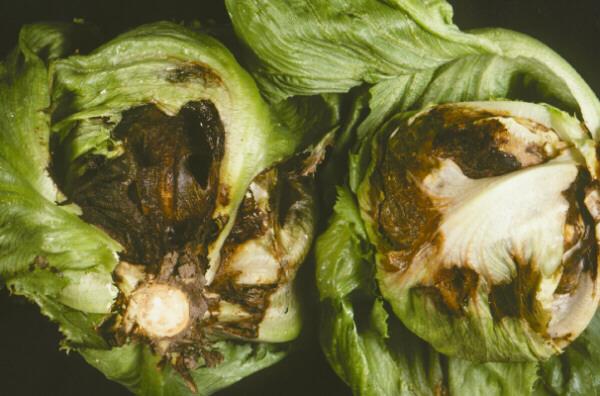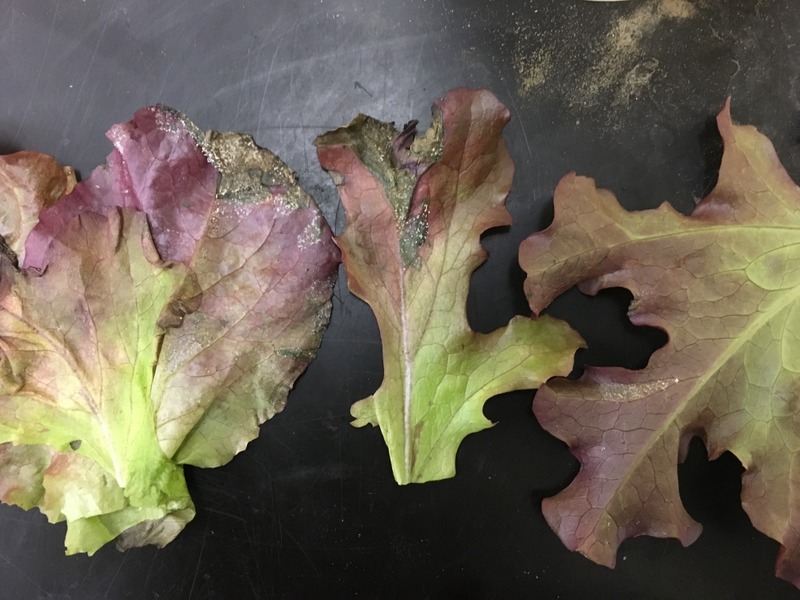Lettuce Plant
Lettuce is an annual, 6-12 inches tall, and frost-tolerant. It prefers well-drained, loamy soil in partial shade to full sun. Keep the soil moist. Lettuce is both edible and has medicinal properties.
Habit
Annual
Height
0.3 to 0.6 m
Growth
Fast
Soil
Well-drained, Loamy
Shade
Partial shade to Full Sun
Moisture
Moist
Edible
Yes
Medicinal
Yes
Origin
Europe
Climatic Condition
Temperate, Subtropical
Temperature (°)
15°C to 25°C
Humidity (%)
50% to 70%
Potting media
50% Loam, 40% Sand, 10% Compost
Fertilizers
Balanced Fertilizers
Watering
Regular watering
Plant Weight
0.2 to 0.4 kg
Flowering Time
Spring to Summer
Soil Ph level
6.0 to 7.5
Water Ph level
6.0 to 7.0
Soil EC
0.5 to 1.0 mS/cm
Yield Per Plant
1 to 3 kg per plant
NPK ratio
10:10:10
life Span
1 to 2 years
Health Benefits
Nutrient-dense, Digestive Aid
Suggested Grow Media or Potting Mix ?
50% loamy soil, 30% compost, 20% sand
Suggested Fertigation/Fertilizers
Fertilize every 2 weeks with a balanced fertilizer.
Common Diseases and Remedies
Downy Mildew , Bottom Rot .
Greyish white colour powdery substance under surface of the leaf , Water soaked lesions appears on the bottom of the leaf .
Crop rotation, neem cake as soil amendment
HEALTH BENEFITS
Hydrating, rich in fiber, supports digestion, and has calming effects.
What Is An Lettuce ?
Lettuce is a leafy vegetable commonly used in salads, sandwiches, and wraps. It belongs to the Asteraceae family and includes various varieties such as iceberg, romaine, head lettuce, and leaf lettuce. Lettuce is prized for its crunchy texture, mild flavour, and high water content. It's also a good source of vitamins A and K, folic acid, and fiber. Lettuce is often grown in gardens or commercially in fields or greenhouses. It is usually consumed raw, but can also be cooked and used in certain dishes.
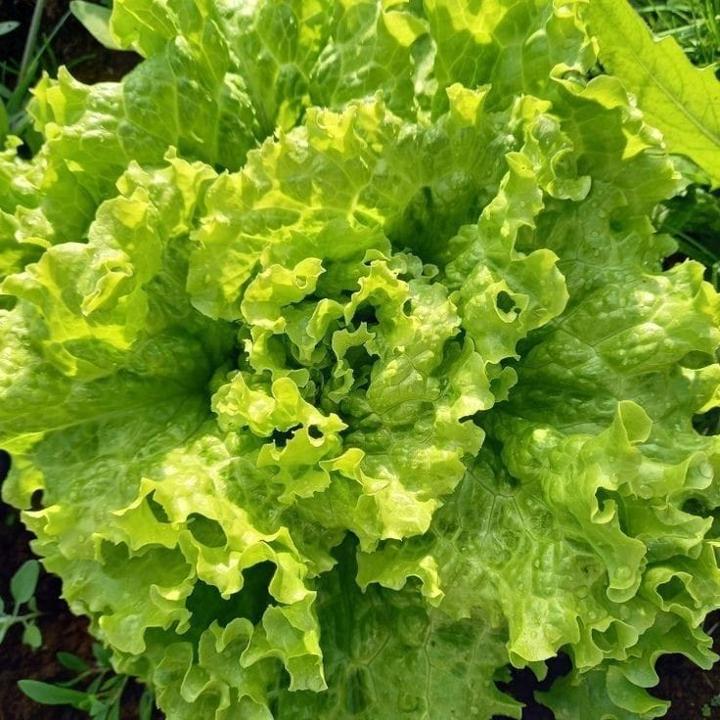
What Are The Different Types Of Lettuce ?
1. Iceberg lettuce
Iceberg lettuce is characterized by its crunchy texture and mild taste. The bright green leaves form dense rounded spikes and are often used in salads and sandwiches.
2. Romaine Lettuce
Romaine lettuce, also known as romaine lettuce, has long, strong leaves and a slightly bitter taste. It is often used in Caesar salads and as a wrap for sandwiches and hamburgers.
3. Lettuce
Types of lettuce such as Bibb lettuce and Boston lettuce have soft leaves and a slightly sweet taste. The leaves form loose heads and are often used in salads and sandwiches.
4. Leaf Lettuce
Leaf lettuce comes in a variety of colours and shapes, including green leaf lettuce, red leaf lettuce, and oak leaf lettuce. The leaves are soft and have a slightly peppery taste, and are often used in salads and garnishes.
5. Arugula (Arugula)
Arugula has small, elongated leaves and a peppery, slightly bitter taste. It is often used in salads, sandwiches, and pizza toppings.

How to Care Lettuce ?
1. Location
Lettuce can be grown outdoors in garden beds or containers. Choose a location with partial or full sun and make sure the soil is well-drained and rich in organic matter. Plant lettuce seeds or seedlings according to package or label instructions. If you are interested in growing hydroponically, lettuce is the perfect choice. You can grow lettuce hydroponically using nutrient-rich water instead of soil.
2. Sunshine
Lettuce grows in sunlight. This usually means at least 6 hours of direct sunlight per day. Choose a spot in your garden or balcony that receives plenty of sunlight throughout the day. If you live in a hot climate, you may want to shade your lettuce in the afternoon to prevent it from wilting and hatching prematurely. Look for a spot that gets sun in the morning and partial shade in the afternoon.
3. Soil
Sandy loam or loamy soil types are best for lettuce because they retain moisture and drain well. Incorporating organic matter such as compost or well-rotted manure into the soil before planting lettuce will improve its fertility and structure. Organic materials retain moisture and promote the activity of beneficial microorganisms in the soil. Lettuce grows best in slightly acidic to neutral soils with a pH range of 6.0 to 7.0.
4. Hydration
In addition to keeping you full, maintaining a constant level of moisture can help prevent the development of a bitter taste in lettuce leaves. Changes in soil moisture, e.g. B. Dry periods followed by heavy irrigation can stress plants and lead to the accumulation of bitter substances. When watering your lettuce, make sure to keep the soil evenly moist, but not wet.
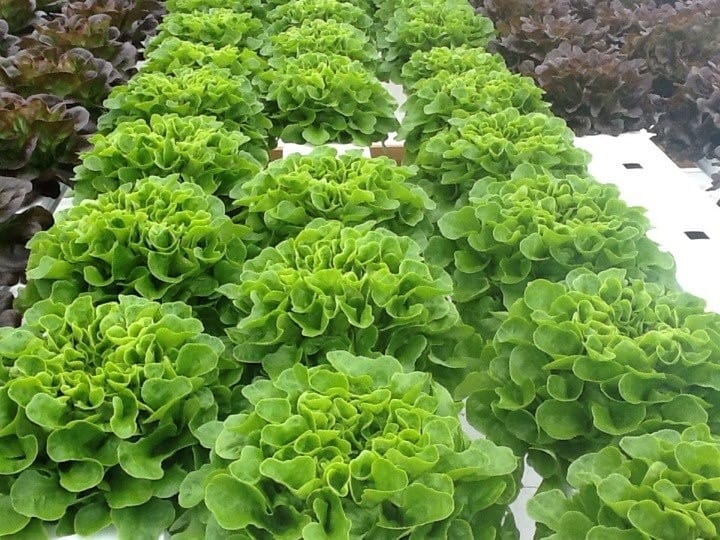
5. Nourishment
Nutrition is essential to the growth and vitality of living things, including plants such as lettuce. Providing the right nutrients will ensure that lettuce plants grow strong roots, healthy leaves, and abundant yields. In addition to obtaining nutrients from the soil, lettuce requires sufficient water to support various physiological processes such as photosynthesis and nutrient absorption. Enriching the soil with organic matter and fertilizers replenishes important nutrients.
6. Issues
Solving problems is important for successful lettuce cultivation. A variety of challenges can occur, including pest infestation, disease, malnutrition, and environmental stressors. Pests such as aphids, slugs, and caterpillars can damage lettuce leaves and reduce yield. Using integrated pest management techniques such as crop rotation, companion planting, and the use of insecticide sprays can reduce pest problems. Additionally, diseases such as powdery mildew, downy mildew, and lettuce spot can affect lettuce plants, leading to stunted growth and crop failure.
What are the Benefits of Lettuce ?
Salads are low in calories but rich in important vitamins and minerals. In addition to vitamins A, C, and K, it also contains folic acid and various B vitamins. These nutrients support overall health and well-being. Salads contain a lot of water, so they are great for staying hydrated. Eating salads helps maintain the body's water balance, especially in hot weather or when physical activity increases. Lettuce is a good source of dietary fiber, which aids in digestion and promotes regular bowel movements. Fiber also helps prevent constipation and supports a healthy digestive system. The fiber, vitamins, and minerals found in salads contribute to heart health. Fiber helps lower cholesterol levels, and potassium helps regulate blood pressure. Additionally, the antioxidants in lettuce may reduce your risk of heart disease. Salads are low in calories and sugar, making them ideal for people who want to control their weight. It's high in water and fiber, which helps you feel full and helps control your appetite.

FAQs About Growing Lettuce
1. Can Lettuce be frozen ?
Lettuce has a high water content and does not freeze easily. Freezing can cause the leaves to become mushy and lose their crisp consistency. Salads taste better fresh or lightly cooked than frozen.
2. What are the common types of lettuce ?
The most common types of lettuce include iceberg lettuce, romaine lettuce, head lettuce (such as Bibb lettuce or Boston lettuce), and leaf lettuce (green leaf lettuce). and red leaf lettuce). leaf lettuce, etc.). Each variety has its own texture, flavour, and culinary uses.
3. Are Lettuce nutritious ?
Yes, salads are nutritious and low in calories. It is a good source of vitamins A and K, folic acid, and fiber. Different types of lettuce may have slightly different nutritional content.
4. Can I grow lettuce indoors ?
Yes, lettuce can be grown indoors in containers near a sunny window or under grow lights. Choose compact varieties suitable for container gardening and provide sufficient water and nutrients for optimal growth.
5. How long does it take for lettuce to grow ?
The time it takes for lettuce to grow varies depending on the variety and growing conditions. Leaf lettuce varieties can be harvested in as little as 30 days, while lettuce varieties can take more than 60 days to mature.
